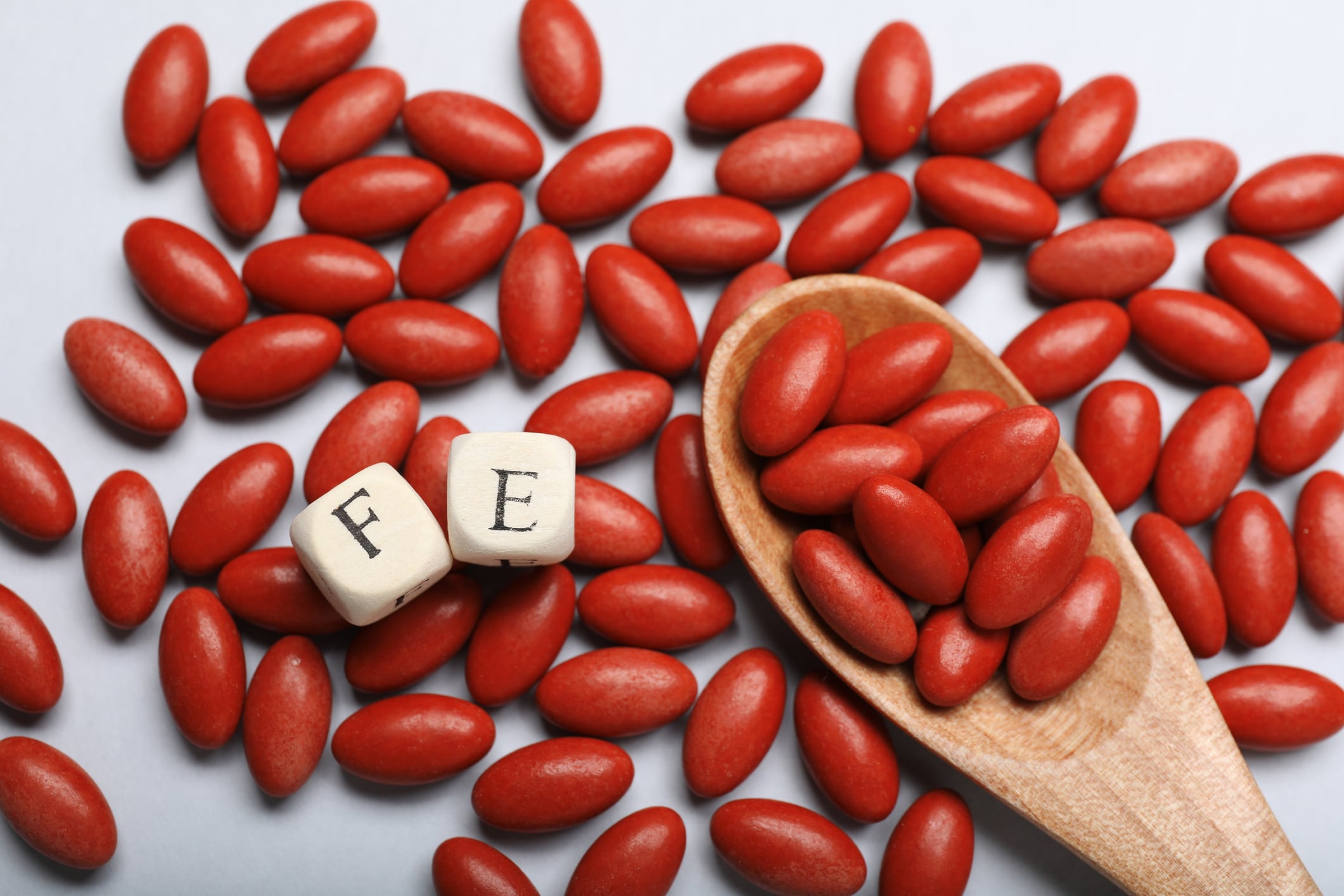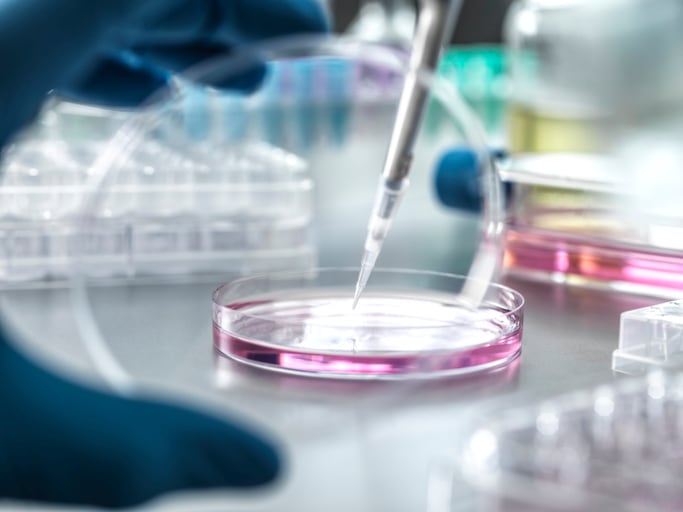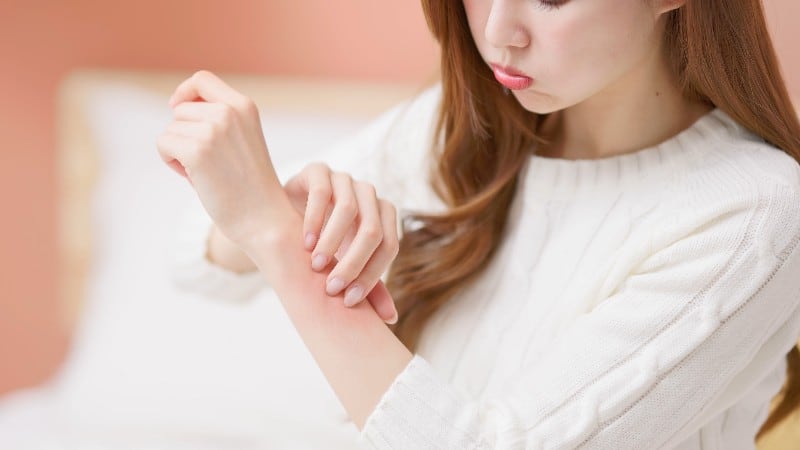A new observational study involving retrospective analysis of serum samples from 33,029 individuals from the UK indicates that almost one in 10 women were anemic, and one third had absolute iron deficiency, despite being part of a health-aware population.
Samples from people who had privately visited a Randox Health Clinic within the UK for a health check between January 2022 and May 2024 were retrospectively analyzed to identify the prevalence of anemia and iron deficiency.
Writing in Frontiers in Nutrition, the researchers from Randox Health, Ulster University and Antrim Hospital, UK, posed the question, “should there be a national screening programme for anemia and iron deficiency in females?”
“Anaemia and iron deficiency are rarely profiled in general populations and most data come from clinical settings or vulnerable groups, not health-conscious individuals,” Mark Ruddock, chief scientific officer for Randox Health GB, told NutraIngredients.
Discussing the new research, he noted: “Even among people actively monitoring their own health, iron deficiency and anemia were surprisingly common, especially in women of menstruating age. The study is important because early detection can prevent complications like fatigue, breathlessness, brain fog and pregnancy risks.”
As well as almost one in 10 women being anemic and one third having absolute iron deficiency, the research discovered functional iron deficiency, which is known to be linked to chronic inflammation, was common across all the groups investigated.
“We believe there should be a National Screening Programme for anemia and iron deficiency, especially for females of menstruating age,” Ruddock told NI. “Our data shows a clear burden that’s currently under-recognized. Screening could identify deficiencies before symptoms worsen, improve quality of life and productivity and reduce long-term healthcare costs.”
WHO targeting anemia reduction
Anaemia is a condition characterized by a reduced number of red blood cells (RBCs) or reduced hemoglobin concentration and has been identified as a significant healthcare problem, estimated to affect over close to two billion individuals worldwide.
Anemia disproportionally impacts children and females with a worldwide prevalence of 41.4% in children uned the age of 5 and 31.2% in females, compared to 17.5% in males.
The World Health Organization (WHO) has set a target to reduce the incidence of anemia by 50% in females of reproductive age by 2030. Despite this target, the incidence of anemia has remained relatively unchanged over the last three decades.
Two thirds of anemia cases worldwide are estimated to be caused by iron deficiency. Deficiency can be defined as absolute, where an individual’s iron stores are insufficient for their needs, or functional, where an individual has adequate iron stores, but iron supply for erythropoiesis is inadequate.
Supplementation strategies
“In high-risk groups (e.g., menstruating women, vegetarians, athletes), iron supplementation can help maintain healthy levels,” Ruddock told NI. “Oral iron is effective, affordable and widely available and can be paired with strategies to reduce inflammation and improve iron mobilisation.”
The researchers noted limitations of the current study including lack of ethnic diversity in the sample and limited access to full information on the health and medication history of the individuals involved.
Discussing future research, Ruddock suggested a need for longitudinal studies that track outcomes of untreated vs. treated to demonstrate the benefit of iron supplementation and screening.
“Furthermore, studies that include diverse ethnic, socioeconomic and dietary groups are required so that we understand broader patterns,” he said. “Importantly, more research into how chronic inflammation affects iron metabolism and how to counteract it are needed.”
Source: Frontiers in Nutrition. doi: 10.3389/fnut.2025.1679989, “Ironically unwell: anaemia and iron deficiency among health-aware adults in the UK”. Authors: Irvine, A. et al.





